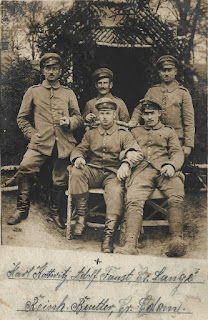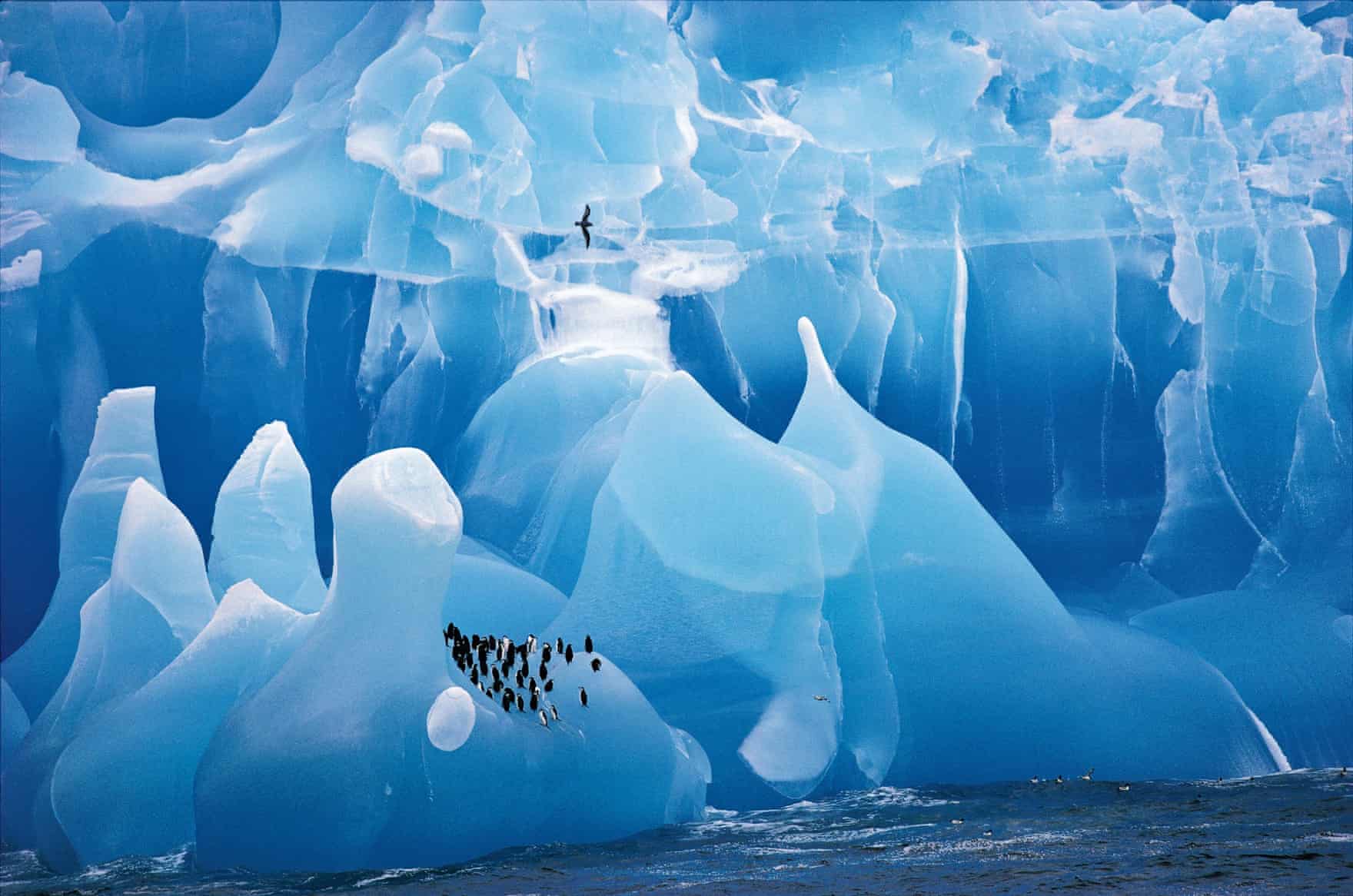Every picture tells a story No. 35
Heinrich the cellist and Maria didn't have a car but they were close friends with a couple who had a VW beetle, and the four of them used this for many joint holiday trips in the 1950s, typically to the Alps and the south of Germany. (That must have been really cosy with four adults in the small car!)
There are many photos taken by one of the quartet showing the three others, but very few showing all four. Here's one taken at Titisee (a lake and town in the Black Forest) with the bonus features of a fake bear and a real dog (presumably the successor to Schluck the German shepherd). Heinrich and Maria appear on the right:
Update 6.5.22: I've been told there is an ancient Hotel Bären in Titisee, maybe the souvenir photo with the eponymous animal comes as part of their service?
A few examples of the trio format:
En route from Wuppertal to Idar Oberstein, Easter 1952. I'm assuming this was the car the friends had before the famous 1950s beetle, looks more like a pre-war model. I can't quite resolve the emblem - it's not like Peter Eberle's 1930s BMW, but a similar vintage and size from a different maker. Funnily enough, I don't have a photo of the beetle which they normally used. There is a photo with a beetle and a fifth person, but the registration plate doesn't make sense, so I'm assuming it's the other person's car.
Herrenchiemsee, near Munich.
This photo is also on flickr.
Every picture tells a story series so far:
- string quartet Wuppertal Elberfeld 1927
- greetings from Adamsweiler
- Gastwirthschaft Ferd. Weirich
- quartet times three
- Neumühl 1923
- Tangermünde railway station 1889
- a singing lesson
- bei Wilhelm Geppert
- a bakery at Lorsch 1900
- Consumgeschäft von Julius Düsselmann
- Hanna and Ruth
- a young chemist
- school's out at Reichenstein, 1886
- a patchwork family in East Prussia
- the case of the missing grandmother
- checkpoint Glaner Brücke 1929(ish)
- finding Mimi
- five sisters, five decades
- happy at home
- gone milking
- steel workers
- field work
- what to wear at Porta Westfalica
- a classic convertible
- at the bottom of the steps
- a forester's family
- the Kaiser visits Allenburg
- teaching the 'deaf-mute'
- a guard dog called Schluck
- party like it's 1956
- the case of the mysterious uncle
- three Hedwigs and a baby
- a lost generation
- lost illusions
- pursued by a bear
Alternatively, you can use this twitter thread as an illustrated table of contents.
In a somewhat roundabout way, this series relates to my research for the family history music memoir I have now completed in a first version.





























